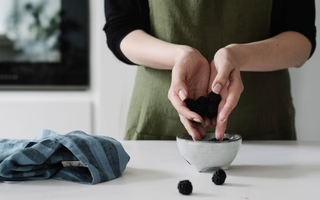
Linen Tradition in Lithuania
The traditions of flax cultivation and processing in Lithuania stretch back several thousand years. Understanding and valuing its qualities and health benefits, Lithuanians have given this plant a special place in their folklore: linen fabric, as well as other flax products, were an important part of both traditional ceremonies and daily lives. It was common to pass linen clothing and home linen pieces from generation to generation as heirloom. Flax has even been associated with a couple of old Lithuanian gods: Vaižgantas, the patron of flax cultivation, and Gabjauja, the guardian of the flax harvest.
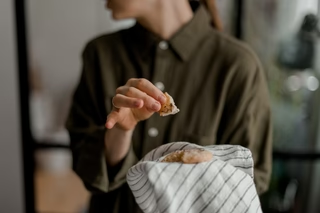
Daily Life
In ancient Lithuania, countryside and agricultural work were in a harmonious relationship. Flax cultivation, which requires five times more effort than most grains, was one of the main areas of work. However, Lithuanians highly valued flax due to it being strong both as material and medicine; as a result myths, games, fairy tales, and songs were made based on the cycles of flax cultivation and processing. The beginning and end of the works as well as the most important events of flax cultivation were also marked with big celebrations. These remarkable examples of folklore have survived up to this day.
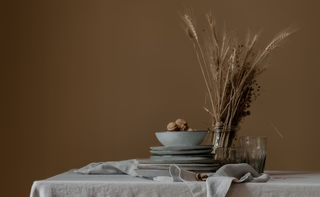
Growing
Growing flax was a communal process in which the work had to be shared by everyone. The men were responsible for harvesting the stalks of flax, whereas women were in charge of combing the strands. Linen was especially important in the life of girls and accompanied their preparations for marriage. In Lithuania it is difficult to imagine any kind of important celebration without linen – let it be matchmaking, marriage, baptism, or other family celebrations. Lithuanians decorated their houses with linen, and it was the most popular choice of gift for important occasions. Festive tables were covered with white linen tablecloths, white checkered or striped linen tablecloths were used on a daily basis. Flax was not only present for joyous occasions – it also played an important role during funerals.
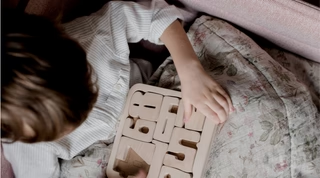
Benefits of Linen Fabric
Highly valued for centuries by Lithuanians, linen fabric holds many incredible properties and is considered to be luxurious and highly sought-after material all around the world. Luckily, due to modern technologies, linen can now easily reach our homes and delight us with its nature-given benefits.
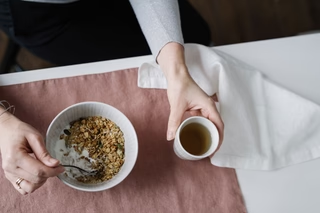
Sustainability
Known as the world’s strongest natural fiber, linen is highly resistant to abrasion and less prone to wearing and tearing. So you can enjoy your favorite linen pieces for many years without the need to replace them after a couple of washes.
Breathability
Because of hollow fibers and loose weaves, air can easily flow through the fabric, meaning linen easily wicks moisture and keeps the body comfortable even in hot temperatures.
Hypoallergenic properties
Gifted with antibacterial and anti-allergenic properties, linen creates a great microclimate and is friendly to those with sensitive, allergy-prone skin or breathing allergies.
Good for all seasons
Loved as a summer fabric, linen not only cools but also insulates depending on the temperature, providing comfort all year round.